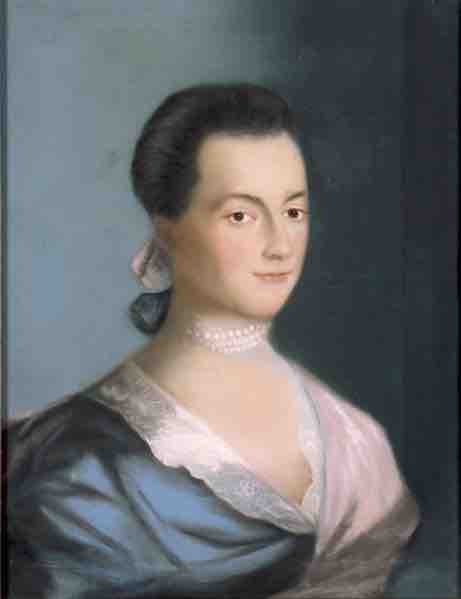Development of the Declaration of Independence
On June 7, 1776, Richard Henry Lee of Virginia presented a three-part resolution to Congress. His motion called upon Congress to declare independence, form foreign alliances, and prepare a plan for colonial confederation. Lee’s resolution was met with debate. Opponents of Lee’s resolution argued that although reconciliation with Great Britain was unlikely, the timing was premature to declare independence and Congress ought to focus on securing foreign aid. Proponents of Lee’s resolution, however, argued that foreign governments were unlikely to grant aid to a party to an internal British struggle, making a formal declaration of independence even more urgent. Moreover, many members of Congress already viewed the 13 colonies as de facto independent, making the declaration a mere formality rather than a revolutionary break from what already had been. The debate remained heated, with some members of Congress threatening to leave should such a resolution be adopted, so the motion was tabled for three weeks. In the meantime, it was decided that a committee should be formed to draft a document announcing and explaining colonial independence should Lee’s resolution eventually be approved.
The text of the Declaration of Independence was drafted by a “Committee of Five” appointed by Congress, which consisted of John Adams of Massachusetts, Benjamin Franklin of Pennsylvania, Thomas Jefferson of Virginia, Robert R. Livingston of New York, and Roger Sherman of Connecticut. Jefferson was chosen by the committee as the primary author after a general outline was agreed to amongst the five, and a draft was presented to Congress on June 28, 1776. The official title given to the document was “A Declaration by the Representatives of the United States of America, in General Congress Assembled.” For two days following, the document was edited by Congress, the principal change being a moderation of Jefferson’s claim that Britain had forced slavery in the colonies.
Notable Figures of the Revolutionary Era
Beyond the Second Congress, many colonists shared concerns about British rule and what independence would mean for the future. Thomas Paine and Abigail Adams were two distinct, populist voices upholding the cause of independence during this time.
Thomas Paine
In January 1776, Thomas Paine published a pro-independence pamphlet entitled Common Sense, which became an overnight sensation. This work presented the American colonists with an argument for freedom from British rule at a time when the question of independence was still undecided. To escape governmental censure for its treasonous content, Paine published Common Sense anonymously. The pamphlet sold as many as 120,000 copies in the first three months, 500,000 in the first year, and went through 25 editions in the first year of publication. Paine donated his royalties from Common Sense to George Washington's Continental Army.
Though the themes of the pamphlet were familiar to the elite who comprised Congress and the leadership cadre of the emerging nation, Common Sense was a crucial tool for increasing popular discourse concerning independence. This pamphlet was responsible for broadly disseminating the idea of republicanism, bolstering enthusiasm for separation from Britain, and encouraging recruitment for the Continental Army.
Abigail Adams
Abigail Adams was an advocate for married women's property rights and greater opportunity for women, particularly in respect to education. Adams was particularly interested in what implications independence from Britain held for women and women's rights.

Abigail Adams, by Benjamin Blythe, 1766
Abigail Adams was greatly concerned about the role of women in the new republic.
In March 1776, Adams addressed her husband, John Adams, and the Continental Congress in a letter in which she requested that they, "remember the ladies, and be more generous and favorable to them than your ancestors. Do not put such unlimited power into the hands of the Husbands. Remember all Men would be tyrants if they could. If particular care and attention is not paid to the Ladies we are determined to foment a Rebellion, and will not hold ourselves bound by any Laws in which we have no voice, or Representation."
Women and Independence
For the most part, revolutionary-era women’s contributions to politics were limited to the private realm and women were dependent upon male relatives to voice their concerns and opinions in the public realm through a centuries-old practice termed coverture. However, women were also increasingly put in the position of educating future generations in the ways of republicanism during this time. The "Republican Motherhood" came to encompass the concept that women played a role in instilling civil values and morality in their husbands and children. In this way, Republican Motherhood, though still relegating women’s contributions to the domestic, or private sphere, raised the importance of women’s civic contributions on a national level and encouraged the further education of women.

Common Sense, 1776
Thomas Paine's widely read, 46-page pamphlet effectively argued for independence.